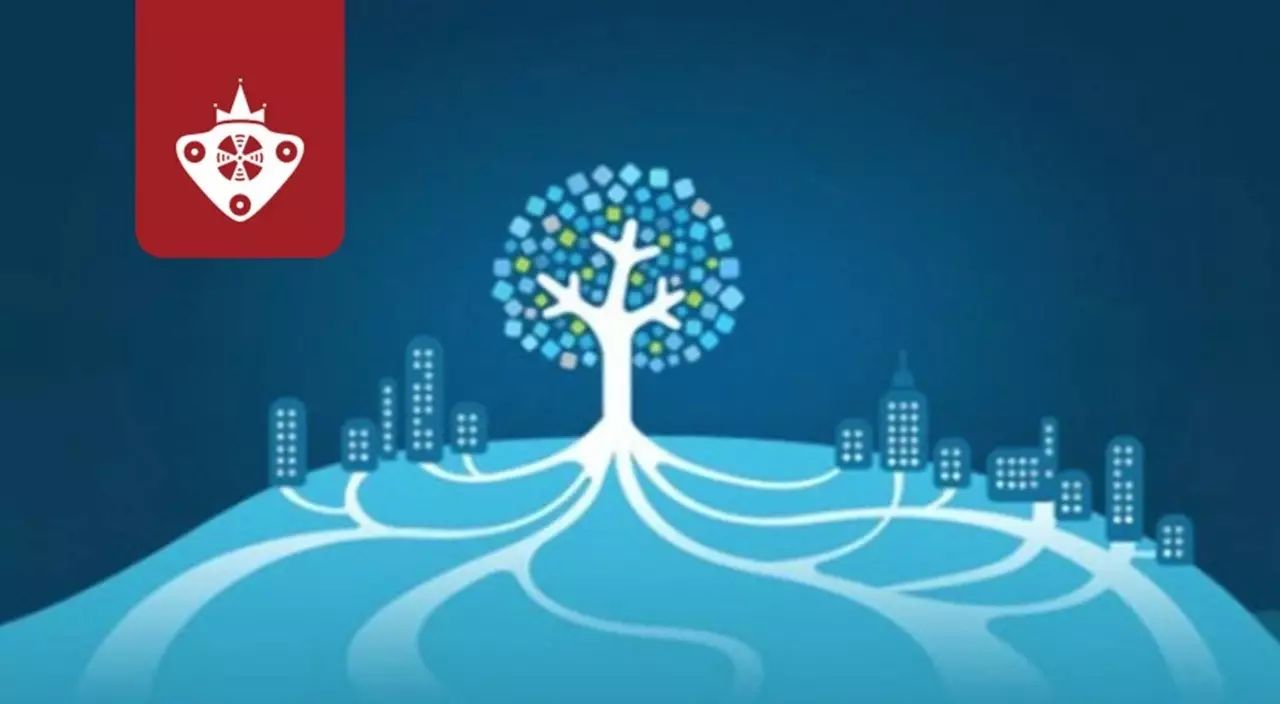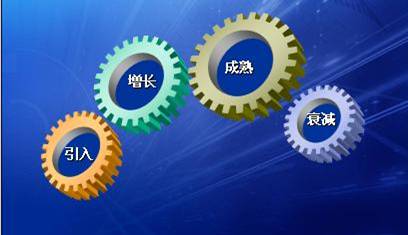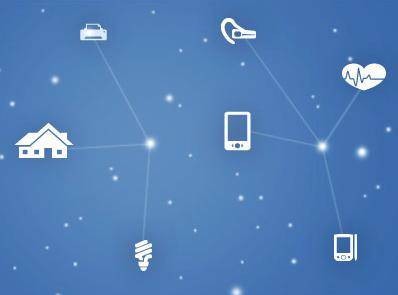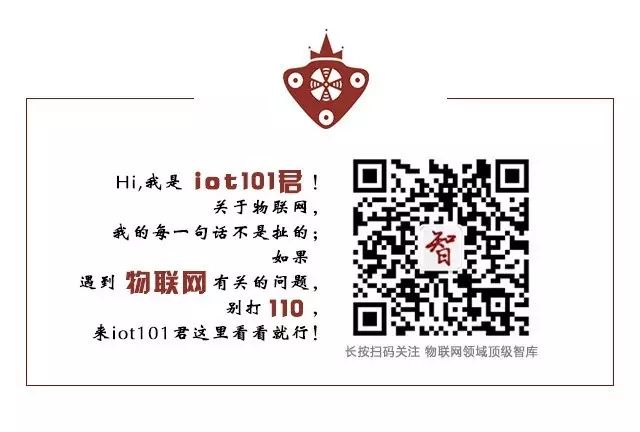
Author: Zhao Xiaofei
IoT Think Tank Original
Reprint with source and origin indicated
—— [Introduction] ——
The greatest value of low-power wide-area networks lies in bringing new transformations to downstream demanders. Many industries and enterprises that have become ‘operators’ are based on the application of technologies such as NB-IoT/eMTC, LoRa, and the management of product lifecycles and refined operations is precisely where these ‘operators’ can leverage their strengths.

How significant is the value brought by low-power wide-area networks? For suppliers, they can estimate the scale of their field through various means. Chip and module manufacturers calculate their value based on shipment volumes and unit prices, while operators assess the value based on future connection numbers and tariffs. However, for downstream users, the value that can be brought in the future is not merely about cost reduction and revenue increase, but rather a certain degree of business transformation. A typical transformation is the shift from product suppliers to product operators. In other words, with the help of low-power wide-area networks and other IoT technologies, it becomes possible for everyone to become an ‘operator’, which is one of the core values that IoT brings to the entire national economy.
The Value of Product ‘Operators’
When a manufacturer no longer concludes its business after selling its products to users, but instead continuously provides various additional services based on product usage, this manufacturer has become an ‘operator’ of its own products. Here, ‘operator’ is no longer limited to the concept of telecom operators, but is an expanded category that continuously generates new service content and revenue models based on its products. This new type of ‘operator’ also relies on the adoption of IoT technologies, and many industries and enterprises that have become ‘operators’ are formed based on the application of technologies such as NB-IoT/eMTC and LoRa. The management of product lifecycles and refined operations is precisely where these ‘operators’ can leverage their strengths.
1. Ensuring ‘Always Online’ Lifecycle Management
Product lifecycle management was proposed by Harvard University professor Fei Neng as early as the 1960s, and over the past 50 years, it has been practiced by various enterprises worldwide. It includes macro phases such as introduction, growth, maturity, and decline, as well as specific processes of demand, planning, design, production, usage, maintenance, recycling, etc., accumulating a wealth of experience that has been solidified into enterprise IT software systems, enhancing product management efficiency.

However, a current issue with product lifecycle management is that the management after the product leaves the factory is not real-time ‘online’ management; product information can only be obtained at a certain point in time, and the management of the latter half of the product lifecycle after leaving the factory may not be effective, thus making it impossible to generate more services and revenue models based on the product.
For example, when home appliances are sold to users, manufacturers only have the personal information filled out by users at the time of purchase. Information on how the appliances are used in users’ homes, the consumption of core components, equipment resale, disposal, recycling, and scrapping are all a ‘black box’ for manufacturers. Such lifecycle management cannot be implemented, and product operation cannot be discussed. Although in recent years, many home appliances have embedded WiFi modules, which can track device information to some extent, this entirely depends on user habits, and most users may not turn on the WiFi function.
Since this year, home appliance manufacturers have shown great enthusiasm for NB-IoT. Some believe that the application of NB-IoT does not bring significant effects to end users of home appliances, but it is significant for the product lifecycle management of home appliance manufacturers. Because it does not require external power and user activation, NB-IoT can collect device information for home appliance manufacturers, ensuring that home appliances are always online throughout their lifecycle while protecting user privacy, allowing home appliance manufacturers to explore the ‘operator’ model based on this.
2. Exploration of Refined Operations
Products such as home appliances are sold to end users, and ownership belongs to the users. Manufacturers are sometimes limited in their operational methods due to user privacy. However, in the current hot background of the sharing economy, many sharing economy operators have complete ownership of shared items, so refined operations are reasonable and necessary.
Especially in some durable goods markets, the number of products will always approach the market capacity limit within a certain period. At this time, new revenue for product operators comes from refined operations. For example, in the current context of slowing macroeconomic growth and limited fixed asset investment, the number of new large equipment in the engineering machinery industry is limited, and equipment manufacturers mainly rely on new operational methods. Currently, companies like SANY Heavy Industry and XCMG are actively embracing IoT, which is a prime example.
Refined operations primarily require effective tracking and management of assets. Shared bicycles represent a typical form of the sharing economy. Currently, the number of shared bicycles in many cities has reached saturation, and city management departments have introduced measures to limit the number of new bicycles. Mobike’s CEO Wang Xiaofeng stated at a public event last month: “Big data analysis shows that the number of shared bicycles in Beijing, Shanghai, Guangzhou, and Shenzhen has reached supply-demand balance. The next step for shared bicycles is to enter a new track, with refined and intelligent operations as the focus, which is also the core competitive force in the industry.”

Mobike, ofo, and other manufacturers actively adopting NB-IoT/eMTC technology is a manifestation of refined operations. The scheduling of a fixed number of vehicles, traffic planning, and the business cooperation models brought by big data from shared bicycles all require these IoT technologies to collect travel data. Among them, location-based services are a key point in refined operations, and NB-IoT and LoRa have added positioning functions in the new versions of their technical standards.
Bridging the Technical Gaps Required for Product ‘Operators’ and Providing the Most Suitable Supporting Technologies
The overwhelming promotion of NB-IoT has made this buzzword synonymous with IoT. In reality, NB-IoT is not omnipotent; it, along with eMTC, LoRa, and RPMA, forms a low-power wide-area network group that merely fills the gaps in IoT communication technologies. In the future, the number of connections using low-power wide-area network technologies will account for less than 20% of the total number of IoT connections. However, compared to other IoT connection technology groups, low-power wide-area networks indeed have unique advantages in supporting product ‘operators’.
Compared to short-range communication technologies, products using WiFi, Bluetooth, Zigbee, etc., have less operational value than those using long-range technologies. On one hand, it is only meaningful to operate products that are widely used by users and whose related information can be easily monitored by owners. When products are only within a very small range, users need to set up a dedicated gateway to transmit data to operators, which undoubtedly creates a barrier. On the other hand, as mentioned earlier, users do not necessarily turn on communication functions when using devices that employ short-range communication technologies.

In contrast to other cellular networks, operating a massive number of devices often does not require high bandwidth and high-frequency data interaction, and the connection costs must also be low enough. Low-power wide-area networks are sufficient for many product operations.
In summary, NB-IoT/eMTC, LoRa, and RPMA technologies serve as suitable supporting technologies for product operations due to their inherent characteristics of low power consumption, wide coverage, large connections, and low costs. Of course, in addition to connection technologies, the realization of product ‘operators’ also requires the cooperation of other technologies in the industry chain, such as device management platforms, application development platforms, data security, etc. Currently, these aspects are also maturing.
Individuals Can Also Become ‘Operators’
As the sharing economy deeply penetrates people’s lives, and when the credit system and public sharing platforms mature, individuals can also become ‘operators’, managing the lifecycle and refined operations of their owned items.
Previously, there was a mention of operating personal parking spaces. When an individual purchases a parking space with an embedded NB-IoT/eMTC module and installs it on their parking space, they can register the device on a public management platform and operate their parking space based on their usage time, sharing it with other car owners during idle times. This method is similar to how some car owners use the Didi platform to operate ride-sharing services, except that parking space operation leverages low-power IoT technology.

Of course, the premise for individuals to become ‘operators’ is the maturity of the credit system and public IoT service platforms, as individuals cannot build their own so-called IoT platforms. It can be said that individuals with operable assets will become lightweight ‘operators’.
In the current environment, while low-power wide-area networks are the hottest topic in the IoT field, the participants, especially downstream demanders, are more focused on the so-called decline in chip and module prices. In reality, the future demanders will be the biggest beneficiaries of the development of the low-power wide-area network industry, and the transformation of everyone becoming ‘operators’ is worth exploring.


Scan the QR code or click the end of the article [Read the original text] to download the MindSphere white paper

Previous Hot Articles (Click the article title to read directly):
-
“How Difficult is it to Make Smart Locks for Shared Bicycles?”
-
“Cognitive Computing, Blockchain IoT, IoT Security… Those Who Understand Will Control the Future”
-
“KUKA, ABB, FANUC, Yaskawa, Four Industrial Robot Giants Have Long Been Stationed in the IoT Field”
-
“[Heavyweight] IoT Industry Panorama Report, The First Domestic IoT Industry Two-Dimensional Perspective Panorama”
-
“A Cartoon Explains: Besides WiFi and Bluetooth, What Can the Recently Popular NB-IoT Do?”
-
“A Cartoon Explains: What is LoRa, the Technology Everyone is Talking About Behind NB-IoT?”
